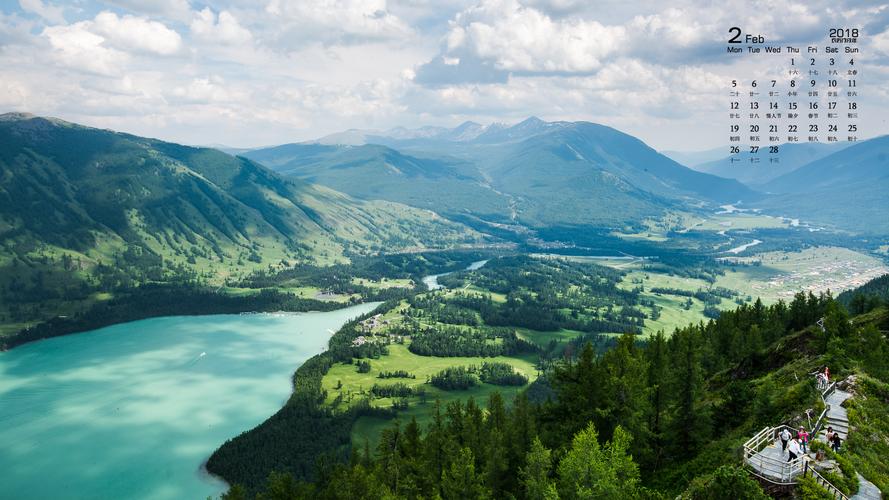Discovering the Vibrant Malaysia Culture: A Journey Through Its Traditions and Customs
Malaysia, located in Southeast Asia, is a country rich in multicultural heritage and diversity. Its unique mix of Malay, Chinese, Indian, and European influences has created a vibrant culture that is truly one-of-a-kind. In this article, we will take a closer look at the fascinating traditions and customs that make up the tapestry of Malaysia’s culture.
The Many Faces of Malaysia
One of the most striking aspects of Malaysia’s culture is its diversity, which is reflected in its languages, religions, and customs. The three main ethnic groups are Malays, Chinese, and Indians, but there are also smaller communities of Peranakan, Eurasians, and indigenous tribes that add to the country’s rich tapestry.
The official language of Malaysia is Malay, but English is widely spoken, especially in the business and tourism sectors. Other languages spoken include Mandarin and Tamil, reflecting the multiethnic nature of the country.
Malay Traditions and Customs
The Malays, who make up over 50% of the population, are known for their warm hospitality and love of food. The traditional Malay house, with its pitched roof and wooden stilts, is a reflection of the culture’s strong connection to nature.
One of the most important Malay festivals is Hari Raya Aidilfitri, which marks the end of the fasting month of Ramadan. During this time, families and friends gather to feast on traditional dishes such as rendang, ketupat, and lemang.
Another important tradition is the wedding ceremony, which is steeped in symbolism and ritual. The bride and groom are dressed in traditional attire, and the ceremony is accompanied by traditional music and dance.
Chinese Traditions and Customs
The Chinese community, which makes up around 23% of the population, has a rich cultural heritage that is reflected in its customs and traditions. The Lunar New Year, also known as Spring Festival, is one of the most important events in the Chinese calendar.
During this time, families gather to feast on traditional dishes such as dumplings, fish, and glutinous rice cake. Red is the predominant color, symbolizing good luck and prosperity, and traditional lion and dragon dances are performed.
Chinese weddings are also steeped in symbolism, with the bride and groom wearing traditional red attire. The tea ceremony is an important part of the wedding, where the couple pays respects to their elders and receives their blessings.
Indian Traditions and Customs
The Indian community, which makes up around 7% of the population, has a rich cultural heritage that has been passed down through the generations. Diwali, also known as the Festival of Lights, is one of the most important festivals in the Indian calendar.
During this time, homes are decorated with lamps and candles, and families gather to feast on traditional dishes such as biryani, samosas, and gulab jamun. The festival symbolizes the victory of light over darkness, good over evil, and knowledge over ignorance.
Indian weddings are also steeped in tradition and ritual, with multiple ceremonies taking place, each with its own significance. The bride wears a red sari, and the groom wears a sherwani or kurta pajama. The ceremony is accompanied by traditional music and dance.
In Conclusion
Malaysia’s culture is a tapestry woven from the many diverse threads of its people. Its traditions and customs are a reflection of the country’s rich history and multicultural heritage. Whether it’s the warm hospitality of the Malays, the colorful festivals of the Chinese, or the rich cultural heritage of the Indians, Malaysia’s culture is a vibrant, living legacy that deserves to be celebrated and cherished.
(Note: Do you have knowledge or insights to share? Unlock new opportunities and expand your reach by joining our authors team. Click Registration to join us and share your expertise with our readers.)
Speech tips:
Please note that any statements involving politics will not be approved.
